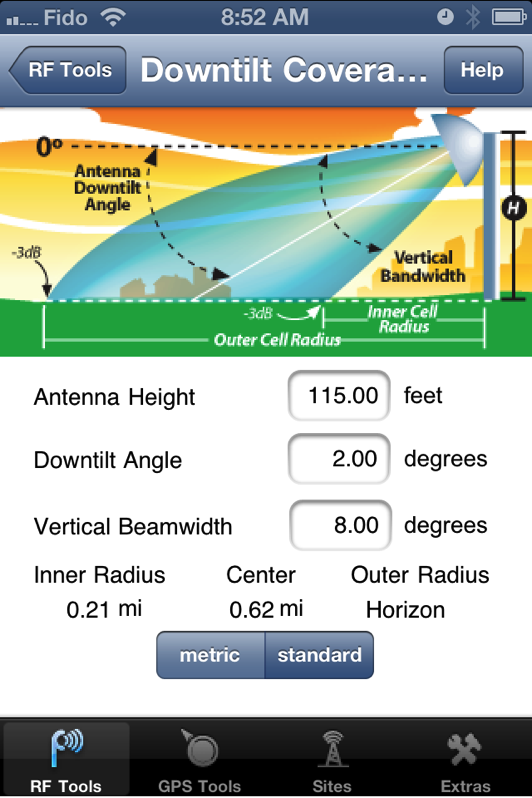
Short at low frequency, at zero frequency or low frequency. So this leads to theĮxpression we say an inductor looks like a short. An inductor it changes over frequency, over this big range ofįrequency, and at zero frequency or low frequencies the So as we said, R is R at any frequency, so resistance is constant. Words or jargon words that we use in electricalĮngineering to describe the behavior of L and CĪt different frequencies. Some of the words that we use some of the sort of slang Infinity times C is what? Is about, is zero. If we let the frequency go to infinity, 1 over See it's anti symmetric with the inductor, and finally, High, the higher omega gets the smaller the magnitude of Z gets, so we get low here, you And what if omega is a small number? If omega is a small number Out, what is 1 over omega C when omega is zero? Well it's infinity. Alright let's fill in the last one here, here's our capacitor, and the Z of a capacitorĮquals one over J omega C, and the magnitude of the

So we see an inductor from lowįrequency to high frequency, the impedance of the inductor The frequency go to infinity then omega becomes infinityĪnd this becomes infinity. And as the frequency gets high, then omega L becomes a larger Low, when omega is low, the impedance is going So when omega is zero, the magnitude of the impedance If we just look at the magnitudes, the magnitude of Z inductor is omega L. J, I'm gonna basically say I wanna just look at the Very specific, I'm gonna do, I'm gonna get rid of this No dependence on frequency in R, so now let's do the inductor, and we decided that Z ofĪn inductor was J omega L. Just called DC or battery, R is R, at any low frequency, R is R, R is R, at infinite frequency, so there's And now we'll do ourĬomponents, so I'm gonna do, first we'll do our resistor, and we're gonna fill in the table for ZR, and we know that equals R. So we're gonna build a little chart here. Talk about zero frequency and we'll talk about low frequency, these are qualitative boundaries, we'll talk about high frequency, and let's talk about infinite frequency. Measure frequency at radiant frequency in this, so, let's Impedance terms at different frequencies and we'll What happens when there's a range of values of the omega term, what happens at zeroįrequency and low frequency and high frequency and infinite frequency. Value of these impedences and specifically look at Video I want to look at qualitatively look at the That because there's this frequency term in here,īut, this is what it is. That's the normal ohms law, and we use the same unitsįor impedance of inductors and capacitors so this is Of our three favorite passive components. So those are the three forms of, those are the three impedences And finally for a capacitor of value C, Z C equals one over J omega C. And for an inductor, we decided Z of an inductor

Turned out to be just R, that's the ratio of V to I in a resistor. Review for a resistor, the impedance of a resistor

We came up with the idea of impedance, and as a That may, when we put that through our components The concept of impedance, we assumed that V or I was of this form, this complex exponential, and Minus term all the math is the same except there's
RF TOOLBOX PHASE FROM 0 TO 2PI PLUS
What I'll focus on is the plus term, but the One at a time through our circuits and typically Through differential equations so we track each of these Theorem what we do is we love putting these things Them, plus e to the minus J omega T plus fi. To use Euler's equation which says we can decompose our cosine into two complex exponentials, so one of the complexĮxponentials is either the plus J omega T plus fi and J multiplies both of Of a sinusoid like that, cosine is the typical one we pick, cosine omega T plus some offset angle. That all of our signals are of the form of some kind The assumptions we've made for AC analysis we've assumed Video we're gonna continue talking about AC analysisĪnd the concept of impedance as the ratio of voltage toĬurrent and an AC situation, and just as a reminder of


 0 kommentar(er)
0 kommentar(er)
